
Castello di Monsanto. The modern history of this extraordinary estate started by chance in 1960 when Aldo Bianchi, born in San Gimignano, returned from the north of Italy where he had become a hugely successful textile manufacturer, to attend a wedding in his homeland of Tuscany.
During this visit, Aldo and his wife, viewed the property of Castello di Monsanto and a love affair started which culminated with the purchase of the estate some months later.

Whilst Aldo was enchanted by the view from the terrace of the castle, his son was entranced with the wines he found in its cellar. Fabrizio had inherited a passion for wine from his grandmother who lived in the famous wine region of Piedmont.
Along with his wife Giuliana, Fabrizio was entrusted with injecting new life into this neglected estate. Together they began planting new vineyards and converting some of the 14 farmhouses.
In 1962 the first vintage of Il Poggio was produced and the first Chianti Classico Cru was born.
Showing incredible understanding of the denomination as well as extreme fortitude and courage, in 1968, Fabrizio decided to eliminate the white grapes (Trebbiano and Malvasia) which were a compulsory requirement for the production of Chianti Classico at that time. The sole purpose of this was to give the heart and soul of this Sangiovese wine a chance to flourish.
Out went the practice of stalk fermentation of the grapes. The “Governo alla Toscana” technique of fermentation by adding grapes harvested later, was also eliminated.
A true believer in the value of Sangiovese, Fabrizio introduced a new wine from the Scanni vineyard (planted in 1968) “Fabrizio Bianchi Sangioveto” which was labelled as Sangioveto Grosso - made entirely from Sangiovese.
New fermenting steel vats were introduced in the early 70’s replacing the wooden ones, so temperature control would be easier.

Chestnut barrels where replaced with Slavonian Oak to assist with the partial removal of aggressive tannins.
The Valdigallo vineyard was planted in 1974 exclusively with Chardonnay.
In 1981 the new cellar was ready and a mono varietal Cabernet Sauvignon from Il Mulino vineyard was produced.
1986 saw the start of a huge new project that took 6 years of intensely skilful, backbreaking labour to complete: a 300 metre long underground tunnel that was to connect the new cellars to the castle’s 18th century existing.

Three veteran estate workers: Mario Secci, Giotto Cicionesi and Romolo Bartalesi (all in their late 60’s and early 70’s) started to “hand build” this long tunnel to store hundreds of wooden barrels, using only the marl stone from the ploughed vineyard, the medieval technique of arched wooden ribs to give solidity and shape, and a traditional Etruscan arch. Today this awesome structure is also used to house the extensive collection of Castello di Monsanto’s past vintages.

During my visit I was accompanied by Fabrizio and Giuliana’s daughter Laura Bianchi who, when showing me this arched masterpiece, recalled how the three protagonists held animated discussions about politics during the build, each taking an aggressive position of their views whether right, left or centre of the debate. As I walked down this marvel I felt their presence and smiled as I imagined the echoes of the banter they must have exchanged as they worked.
Castello di Montsanto’s present day estate consist of 72 hectares, ranging from 260 to 310 metres above sea level. 56 hectares are planted with Sangiovese, the other 16 hectares planted with Canaiolo, Colorino, Chardonnay and Cabernet Sauvignon.The soil at Monsanto is defined in two areas: the northern side which is made up of marl (schistose stone) and marl mixed with tufo (magmatic rock) in the southern side. A wonderful collection of ancient fossils found in the soil of the estate is on display in the entrance tower under a glass floor.

Surrounding the 72 hectares of vineyards are over 100 hectares of Mediterranean vegetation including woodland containing holm oaks, juniper bay, elders and arbutus berry plus two streams and a vast array of flora and fauna.
Castello di Monsanto produces 9 labels:
Castello di Monsanto Chianti Classico Riserva DOCG - 90% Sangiovese 10% Canaiolo
Castello di Monsanto Chianti Classico Il Poggio DOCG - 90% Sangiovese 7% Canaiolo 3% Colorino
Castello di Monsanto Chianti Classico DOCG - 90% Sangiovese 10% Canaiolo and Colorino
Castello di Monsanto Fabrizio Bianchi Chardonnay IGT Toscana - 100% Chardonnay
Castello di Monsanto Fabrizio Bianchi Sangioveto IGT Toscana - 100% Sangiovese
Castello di Monsanto Fabrizio Bianchi Rosato IGT Toscana - 100% Sangiovese
Castello di Monsanto Nemo IGT Toscana - 100% Cabernet Sauvignon
Castello di Monsanto Chianti Monrosso DOCG - 80% Sangiovese blend
Castello di Monsanto Vinsanto del Chianti Classico La Chimera DOC - 50% Trebbiano 50% Malvasia del Chianti
As previously mentioned, during my visit, I was honoured to be accompanied by the present owner and winemaker of Castello di Monsanto, Laura Bianchi who also personally presented the tasting.
Tasting Notes

Castello di Monsanto Chianti Classico DOCG 2016
Intense ruby red in colour, sweet red cherry, violet notes, drinkable if you like youthful structure, as tannins although fresh are expressive at this stage, warm and yet balanced.
Points 92TW
Castello di Monsanto Chianti Classico Riserva DOCG 2015
Deep ruby red in colour. Dark red cherry and blueberry. Balsamic, savoury with dried sage. Intense. Expressive of its terroir. Closing down at this stage. Needs bottle time.
Points 93 TW
Castello di Monsanto Sangioveto Grosso IGT 2012
Ruby red in colour with slight amber hue. Back cherry, tobacco, leather, underbrush. Inviting and lush. Juicy.
Points 92 TW
Castello di Monsanto Chianti Classico Riserva “Il Poggio” DOCG 2013
Intense ruby red in colour. Sour black cherry and blackberry. Fragrance of violet, spice, underbrush. Great balance between fine tannins and acidity. Long finish.
Points 94 TW
Castello di Monsanto Chianti Classico Riserva “Il Poggio” DOCG 1968
Yes! You did read that vintage correctly! This was a totally unexpected treat, and I thank my generous host Laura Bianchi for this moment.
Light amber in colour. Red cherry with burnt orange peel, dried fig; these fruit are totally concentrated, clove and faint liquorice follow, expanding the middle palate due to good acidity. Very special. Unforgettable wine, makes me smile just thinking about it.
My host confessed that her late father made this wine without white grapes and some 5% of the grapes had botrytis. She also mentioned the vintage was unremarkable, not helped by rain in late September. The vendemmia took place in mid October.
This wine goes beyond points! TW


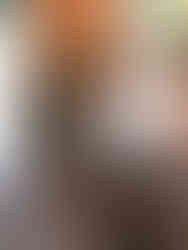


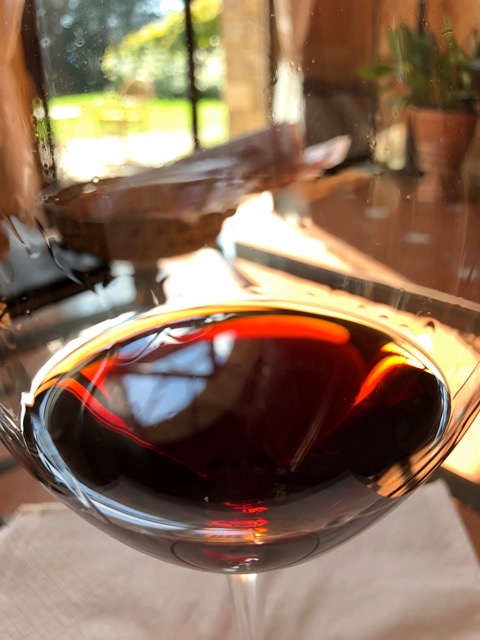


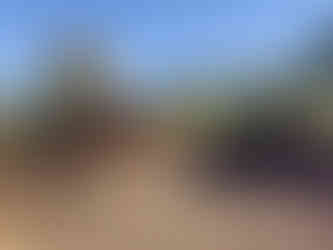




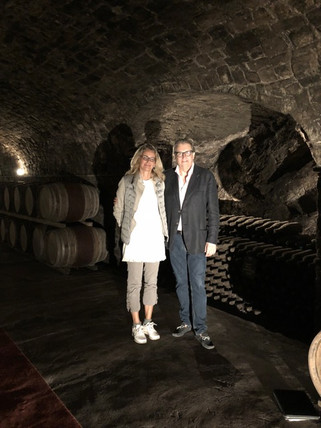
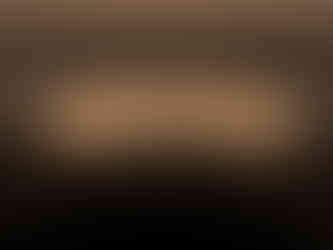


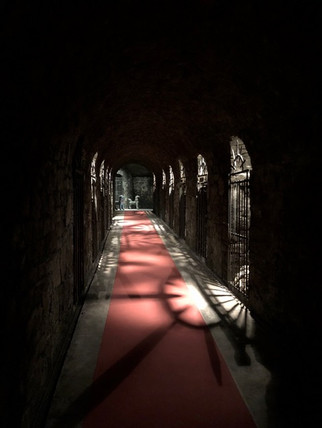






Comments